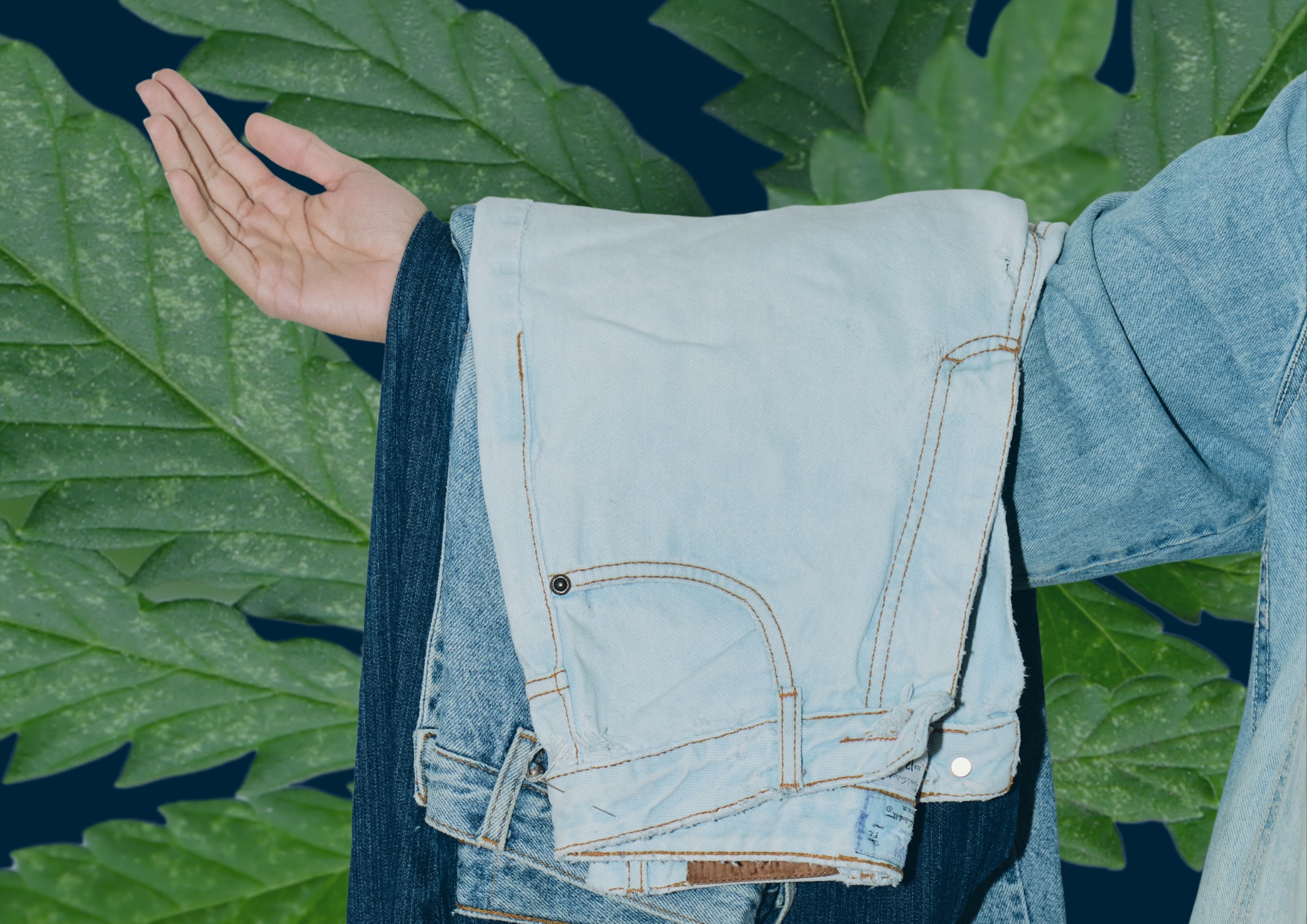In Conversation with Reverse Resource: Tackling the industry’s textile waste
12 Aug 2025
Can you tell us about Reverse Resource, how it started, and what the organisation does?
Reverse Resources was founded in 2014 with a mission to tackle one of the fashion industry’s then lesser-discussed challenges: textile waste. In 2015, we were honoured to be among the winners of the H&M Global Change Award, a milestone that opened many doors and gave us early momentum. Waste in the fashion industry is often treated as a “dirty secret,” and this recognition helped us break through initial barriers and start conversations that mattered.
For the first five years, we operated primarily as a research organisation, focused on mapping and understanding textile waste; how it’s generated in manufacturing, handled by waste managers, and processed by recyclers. This research helped us uncover the key missing links and develop a clear, win-win business case for circularity.
Today, Reverse Resources is a digital company that builds and enables feedstock supply chains for textile-to-textile recycling. Our platform connects manufacturers, waste handlers, and recyclers to ensure waste is properly sorted, digitised, and directed to suitable recycling pathways. Through digital tools, we bring transparency, traceability, and scale to the textile waste ecosystem.
We’ve also participated in the Fashion for Good Accelerator and continue to work through public-private partnerships globally by collaborating with brands, recyclers, manufacturers, waste handlers, and government offices – all towards a more circular and sustainable future for fashion.
What problem is your innovation solving and how does the technology work?
Reverse Resources solves a major bottleneck in textile-to-textile recycling: the lack of clean, traceable, and scalable waste supply chains.
As recycling technologies scale from handling 12,000 tonnes to over 200,000 tonnes per year, the need for reliable feedstock grows dramatically. We work at the point of industrial waste generation to ensure proper sorting and handling, making waste easier to recycle.
Our digital platform connects waste generators, handlers, and recyclers through practical tools used in daily operations. This creates traceability by default; not just for reporting, but for real-time decision-making. It can feed into systems like Digital Product Passports (DPP) or GRS certification, and also help governments and policymakers make evidence-based decisions.
In short, we have built an ecosystem which is, working with both post-industrial and post-consumer waste and connecting all the different stakeholders in the Circular Valley chain into the platform itself.
What have been the biggest successes so far?
After working for 10 years, one of our most meaningful successes is seeing the network effect take shape. Partners who have had a positive experience with us, whether brands, factories or recyclers, are now introducing us to others in the value chain. This kind of organic growth is helping circular practices scale more quickly and sustainably.
We have also traced over 100,000 tonnes of textile waste through our platform, and around 50 percent of that has gone into textile-to-textile recycling. As a company that values data and impact, this is a clear sign that our work is making a difference.
What role does collaboration play in bringing innovations to scale?
Collaboration is essential for scaling innovation, especially in a new and evolving industry like textile-to-textile recycling. When a solution is new, it often takes a group of actors working together to make the business case viable.
For example, when we enter a new country, we aim to work with a group of brands and manufacturers from the start. This creates a strong foundation that allows us to engage waste handlers and recyclers more effectively. It gives us the scale needed to make the system work.
Our platform is not built for one company alone. It only creates real value when many companies are connected and working together. Collaboration is not just helpful, it is critical for building the kind of circular value chains the industry needs.
How has Fashion for Good played a role in your journey so far?
Fashion for Good (FFG) has been an invaluable partner in our journey, particularly since our participation in their Acceleration Programme in 2018. At a time when concepts like textile waste, traceability, digitisation, and waste management were not widely understood, FFG recognised the potential of our vision.
Their collaboration, both within the acceleration programme and through our alumni network, was incredibly useful. We’ve also undertaken several impactful projects and collaborations with FFG since then.
What we truly appreciate about Fashion for Good is their unwavering commitment to advocating for and promoting the companies they support. They consistently seek opportunities to connect us with relevant organisations and position us for further growth. We attribute much of our success to the consistent support FFG has provided over the years, both within and outside of our joint projects.
Furthermore, FFG serves as a crucial partner when we encounter challenges in circular value chains. We can brainstorm roadblocks with them, often leading to collaborative solutions. We are proud to be strong supporters and fans of Fashion for Good.
What’s next for you?
Our primary focus is on scaling up our post-industrial waste solution. We’ve successfully developed a working system, processing over 100,000 tonnes of waste and establishing a presence in numerous factories. The next crucial step is to expand this solution significantly.
Concurrently, we are dedicated to developing and adapting our platform for post-consumer waste streams. This involves finalising the Minimum Viable Product (MVP) for these flows, as we continue to scale our established post-industrial operations.
Lastly, what advice would you give consumers trying to be more sustainable?
My primary advice for consumers striving for more sustainable practices is to prioritise buying secondhand.
If secondhand isn’t an option, then scrutinise garment labels. Look for items made from natural fibres like linen or hemp, or blends incorporating them. Also, seek out materials like organic cotton, recycled polyester, or recycled cotton.
Ultimately, if you genuinely love a piece and are committed to wearing it for many years, it can still be a sustainable choice, even if it’s not made from the most sustainable materials. The key is longevity and maximising use.

Reverse Resources
Reverse Resources is a Software-as-a-Service (SaaS) platform that enables the fashion industry to collaborate on moving textile waste to recycling and close the loop of its own raw materials. It offers a single point of access for sourcing and supply chain set up of textile waste for the textile-to-textile recycling sector, enabling mapping and measuring volumes of waste by type, composition and location enabling waste suppliers to provide high quality waste for recyclers.
Other Articles

Fashion for Good Launches “Beyond50 Denim” to Address Hemp Integration Barriers In Global Denim Production

The Circularity Race: How Fashion for Good is Changing the Footwear Industry
